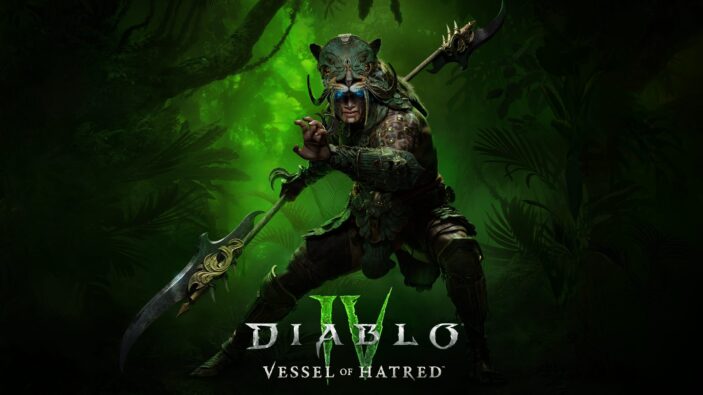
I’ve dabbled in the Diablo games for almost two decades now. But I have to say, Diablo 4 still stands as my favourite. It simply refined and deepened every mechanic and aspect of the overall franchise, and kept me around for months after my official review.
Over a year later, Diablo 4 has released its first official expansion, Vessel of Hatred. It is, in many ways, an incredibly strong follow-up that strengthens the overall experience, even if the core story is a little short. But thanks to the awesome new Spiritborn class, there’s never been more to do and see in Diablo 4, and it’s well worth stepping into a year after its initial release if you haven’t done so already.
The Final Piece
Diablo 4: Vessel of Hatred picks up right after the events of the main story, so please beware, spoilers for the main campaign will follow. If you do not wish to read, please skip to the next paragraph. Having defeated Lilith, also known as the Daughter of Hatred, we catch up with Neyrelle and Lorath who have seemingly escaped. Not all is well, however, as Neyrelle has taken with her the Soulstone, a powerful object that contains Mephisto’s essence. As it contains the soul of a Prime Evil, she is essentially plagued with crazy visions as she is relentlessly pursued.
Your character is essentially tasked with finding and joining Neyrelle on her journey to the Akarat’s tomb, housed within the mythical Vault of Light, where the Soulstone can be rid of its curse. I enjoyed this narrative, as short as it was. I’ve heard and read comparisons to The Lord of the Rings over the past few days, and I must admit, I have to agree. The story goes at a breakneck pace, and while you need to complete a few basic missions to begin this story, it’s worth mentioning its shorter length.
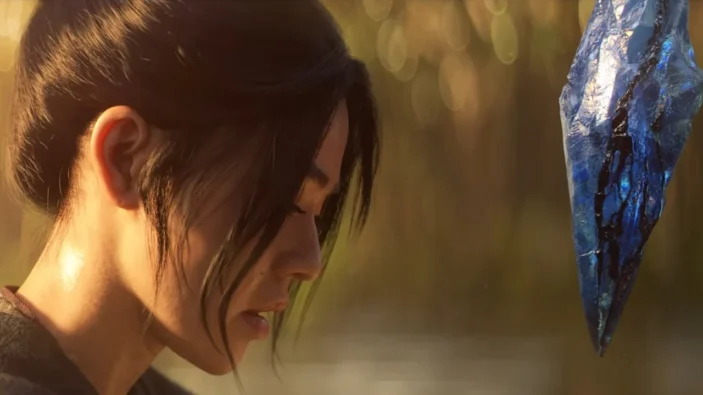
It took me around six hours to beat, but if you take into account the fact that things do end with a particular setup in mind, it simply left me wanting more. I can’t discredit the story for that in any way. Aside from the greater evil at play here, there are some cool side characters and villains like Urivar, the Burning Knight, who are introduced relatively early into this story and display quite a menacing tone that makes for a great showdown later on.
But beyond these aspects, Vessel of Hatred does leave a few things open, and if the length isn’t an issue, the fact that we’re certainly getting more of this at some point might make the wait a little harder. It’s crazy to think we’ve already waited over a year for this in the first place.
The Spiritborn
The newest feature of Diablo 4: Vessel of Hatred is certainly its new class, the Spiritborn. I started fresh with the Spiritborn class, and while that felt like the natural move for this review, it has quickly become my favourite class. Sure, I adore my existing Necromancer build, but the Spiritborn just feels so fresh, with unique powers and plenty of them, which makes combat feel revitalised and incredibly satisfying.
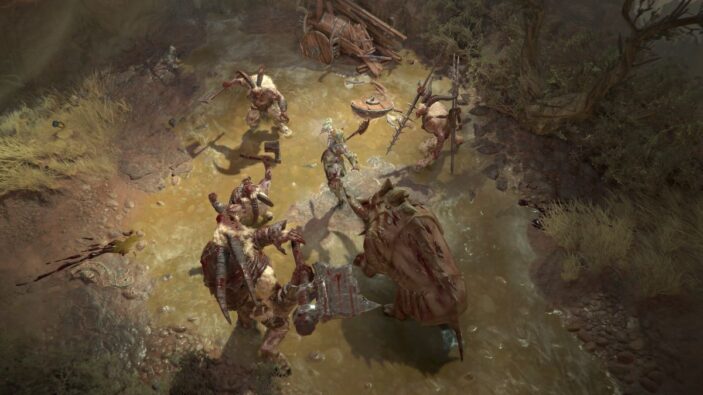
This new class can essentially call upon animal companions in spirit form to assist in battle, with the Jaguar, Eagle, Gorilla and Centipede all helping in unique ways and with their moves and abilities. The Jaguar can dish out attacks in rapid bursts, the Eagle can be summoned from the sky to deal damage to larger groups of enemies, the Gorilla can rush at targets and increase your resistance to attacks, while the Centipede is used to poison enemies.
The best part about the class is that you can pretty much mix and upgrade any of these four companions on the fly, which essentially gives you four sets of moves and abilities. While this sounds like the most versatile class, and it generally is, you’re not overpowered if you’re trying to balance all four sets of abilities. Like any class, you’re generally better off progressing with an animal or move that you love, as it’s way more likely to overcome tougher enemies later on in the experience.
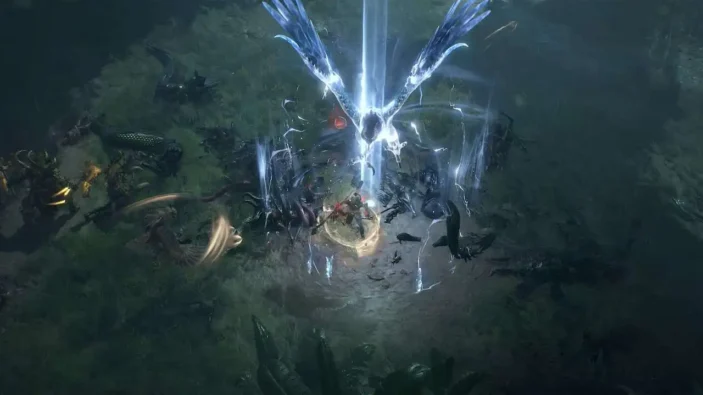
It’s probably the class I’ll stick with for the foreseeable future, but if you’re new to the experience, I recommend jumping on board with the Spiritborn for the variety alone.
The Journey Continues
While the main narrative isn’t particularly long, there are a few things to do elsewhere. There’s the new region of Nahantu, a lush jungle environment packed with new dungeons to tackle and new loot to find. Rune words are back, meaning you can also imbue your weapons and gear with certain enchantments.
The level cap has also been changed from 100 to 60, meaning you can hit it faster and tackle the endgame challenges much sooner. While you can still actually over-level to 300, it fits nicely with the shortened length of the overall experience, although you can actually either start with the main campaign or skip straight to the Vessel of Hatred campaign, should you wish. Just keep in mind that if you skip the main campaign with a certain character, it cannot be undone.
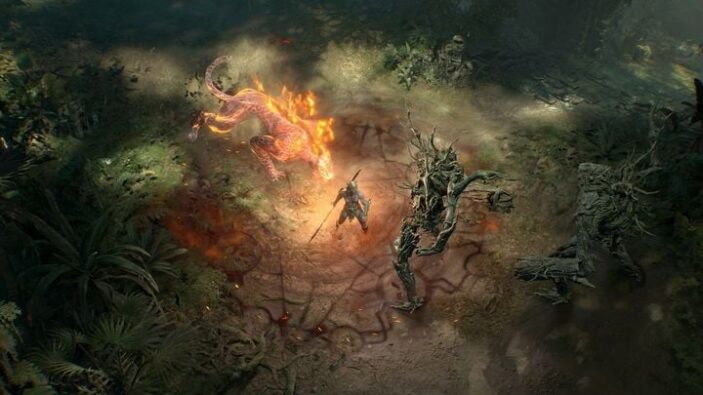
There’s even a new mechanic that lets you recruit NPC locals to tag along on your quests. There are a few cool characters like Adkin who uses demon powers, and Subo, who wields a bow. They add a layer to combat that feels fresh without feeling too overpowering. They can even unlock new abilities down the track, which is a real treat and something I did not expect.
Bring a Friend
Finally, there’s the Dark Citadel questline, which acts like an entirely new cooperative experience that can be played with up to four players. It can only be reached once you’ve hit the endgame content, but as far as I’m aware, can only be played cooperatively.
I understand this might strike a nerve with certain players, as the experience technically enforces cooperative play on you to access content. Some of the best rewards are waiting for you here, and in that sense, it feels like a shame if you are unable or unwilling to access it.
That being said, there’s a new hub to explore and even some new bosses to fight. While nothing feels as epic or cinematic as the main story, it’s a real gauntlet of action and a true challenge. But at the same time, it’s just nice to see a decent amount of additional content tucked into yet another corner of this experience.
Final Thoughts
While the main storyline is relatively short, it’s well-told and keeps the momentum going. It’s just a shame we’re more than likely going to have to wait a little longer for what’s left of it.
That being said, the new Spiritborn class, levelling system and Dark Citadael cooperative endgame content make this not only worth returning for if you’re a hardcore fan but worth checking out more than ever if you’re looking for a new RPG to sink your teeth into.
FOUR AND A HALF STARS (OUT OF FIVE)
Highlights: Intriguing narrative; New levelling system and dungeons; New area of Nahantu to explore; Dark Citadel adds a fair amount of endgame content
Lowlights: The campaign feels a little short; Dark Citadel content forces you into cooperative play
Developer: Blizzard Entertainment, Blizzard Albany, Team 3
Publisher: Blizzard Entertainment
Platforms: PlayStation 5, PlayStation 4, Xbox Series X/S, Xbox One, Windows PC
Available: Now
Review conducted on PlayStation 5 with a pre-release code provided by the publisher.
